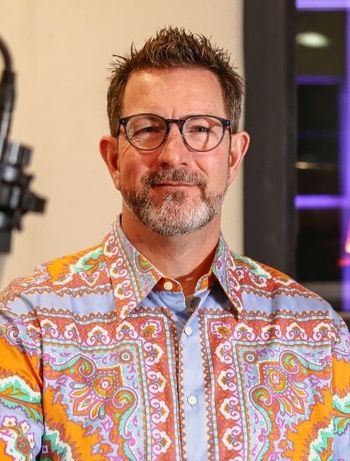
Radiosurgery gains momentum for use in noncancer applications
Precise and noninvasive, stereotactic radiosurgery is proving a godsend to some noncancer patients. Its use for applications outside oncology, such as the treatment of movement disorders, arteriovenous malformations, and neuralgia, have been around almost since the commercial introduction of this technology.
Precise and noninvasive, stereotactic radiosurgery is proving a godsend to some noncancer patients. Its use for applications outside oncology, such as the treatment of movement disorders, arteriovenous malformations, and neuralgia, have been around almost since the commercial introduction of this technology. The noninvasive destruction of brain tumors dominates the use of this equipment, but alternate uses are picking up steam, according to Dr. Iris C. Gibbs, an assistant professor of radiation oncology at the Stanford Cancer Center in California and codirector of the CyberKnife Radiosurgery Program at the Stanford Hospital and Clinics, where the CyberKnife was invented.
"The results of studies with large numbers of patients help us get a sense of the factors that contribute to either the success or failure of these techniques," Dr. Gibbs said.
One such study was presented by Dr. Rufus Mark earlier this year at the American Society for Radiation Oncology meeting. In studying data on 183 patients treated between 1991 and 2007 with stereotactic radiosurgery, Dr. Mark, a radiation oncologist at the Joe Arrington Cancer Center and Texas Tech University, both in Lubbock, found that the precise destruction with stereotactic radiosurgery of certain tissue in the thalamus stops or reduces the shaking associated with Parkinson's disease and essential tremor. With a median follow-up of seven years, tremors were either significantly reduced or eliminated in 83% of patients with Parkinson's disease and 87% with essential tremor. Dr. Mark concluded that SRS should be considered a primary treatment option for tremors that are hard to treat.
This conclusion may help shift the way medicine views radiosurgery for noncancer applications. Until now, these applications have been done by expert physicians mostly on patients beyond the reach of conventional means. Dr. Gibbs and colleagues at Stanford have used the CyberKnife to treat patients with a variety of noncancer disorders, particularly a movement disorder called dystonia and pain disorder called trigeminal neuralgia. Many have been as a last resort.
Now accumulated experience is leading physicians to consider radiosurgery with the GammaKnife, CyberKnife, and even linac-based radiosurgery as alternatives for mainstream therapy, she said. Radiosurgery for trigeminal neuralgia is one example, according to Dr. Gibbs, whereby radiosurgery targets nerve fibers that transmit pain while keeping intact those that convey sensation.
Concerns about radiation dose, however, still give physicians pause. Because long-term dose issues are less an issue for patients in their 60s and 70s than it is for pediatric ones, Dr. Gibbs is more open to the idea of radiosurgery for older rather than younger patients.
"We would still recommend that young patients go through the surgical procedure (microvascular decompression)," she said, "but increasingly it has been accepted as a first-line treatment for those who are a little more advanced in age or don't want to undergo surgery."
Newsletter
Stay up to date on recent advances in the multidisciplinary approach to cancer.
































































































